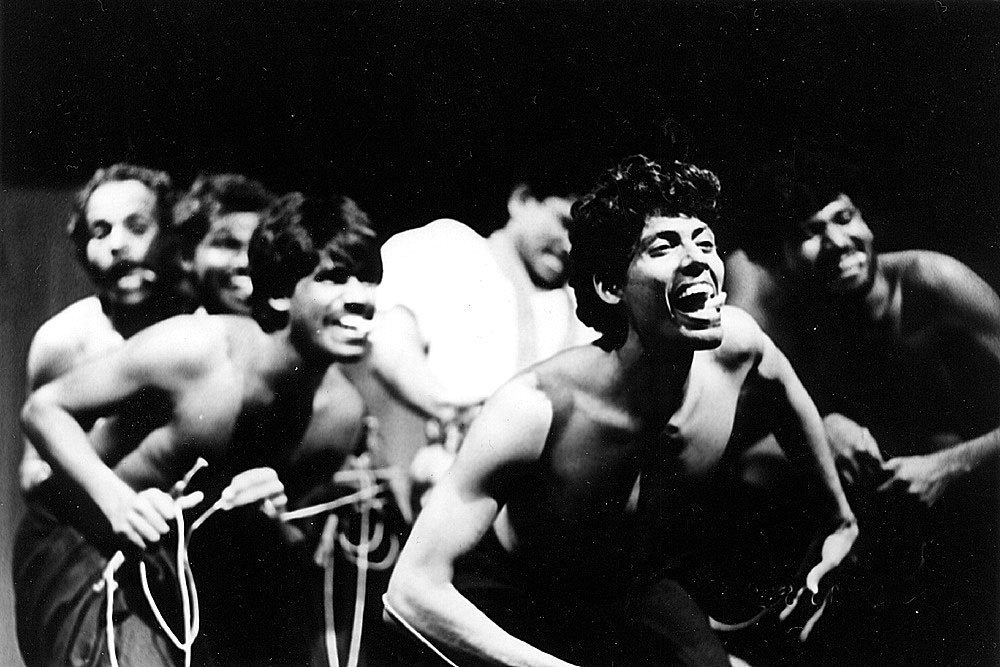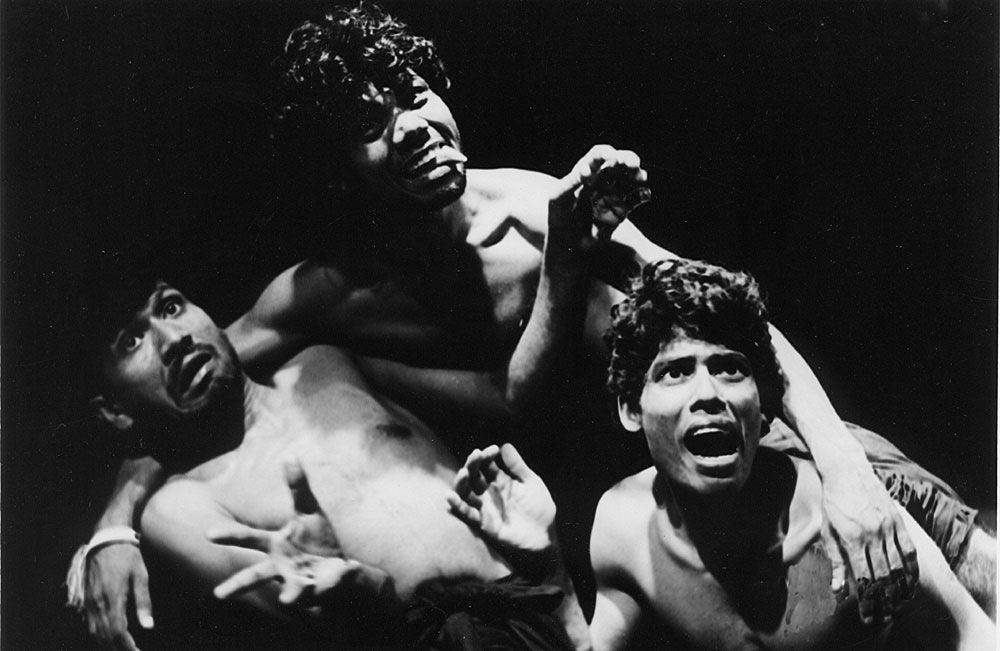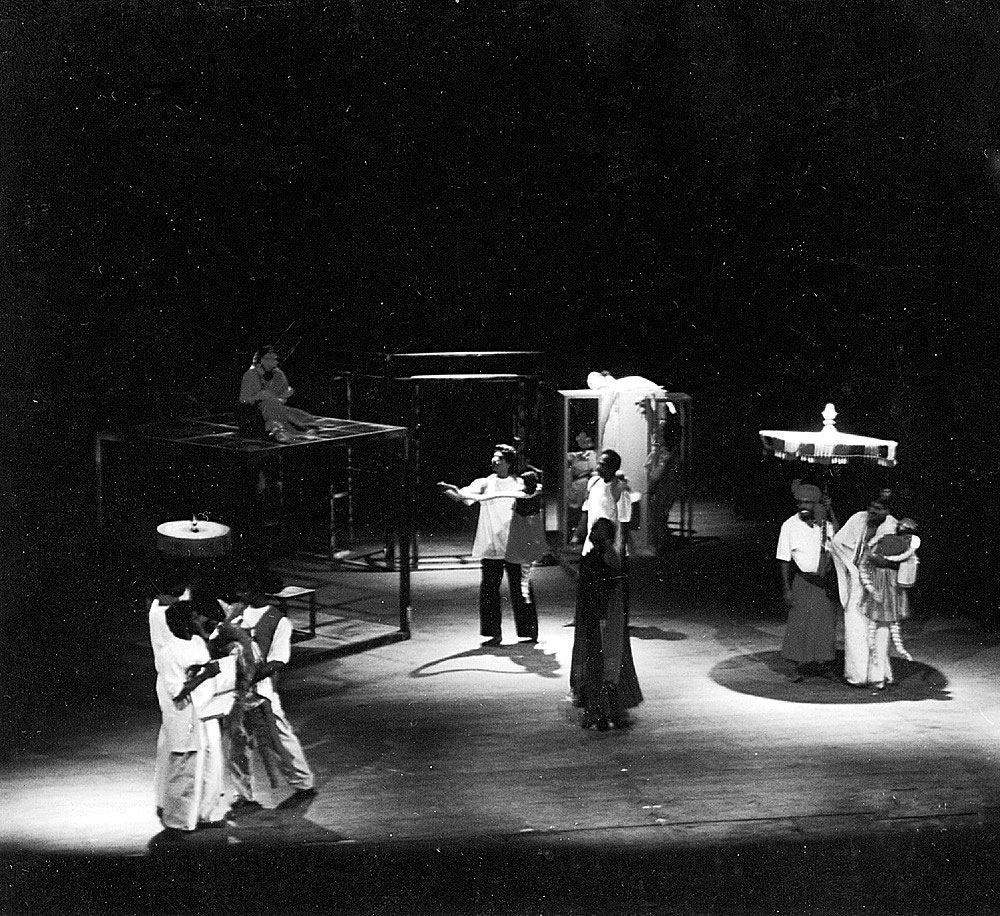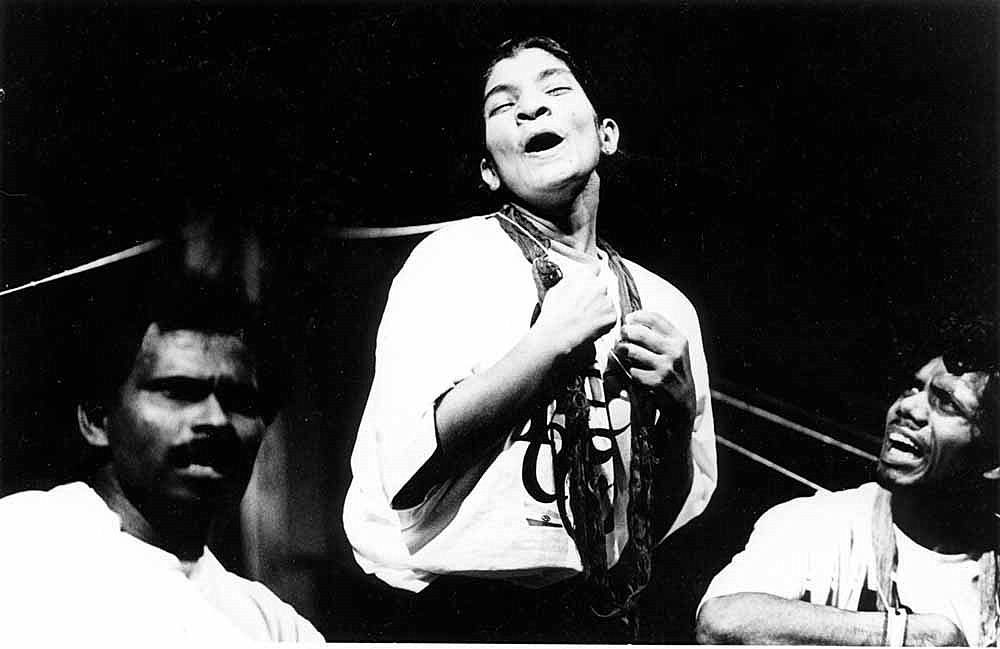RV Ramani
Grant Period: Over one year
Filmmaker RV Ramani makes documentary films that explore artists and artistic practice. Over the past 15 years, he has consistently filmed Koothu-p-pattarai (KPP), a pioneering experimental theatre group that integrates the spirit of Theru-k-koothu––Tamil folk theatre––into the vocabulary of modern theatre. This grant supports Ramani to extend his practice by compiling, interpreting and editing 60 hours of footage shot on different video formats into a first-ever film that looks closely at the evolution of a very particular syntax of experimental theatre in India. All Ramani’s previous work has dealt with artists, situations and the creation of artistic work in real time. In contrast, this film demands a more retrospective analysis. Faced with the unique challenge of creating meaning out of footage shot over more than a decade, Ramani says “the real time is stretched over a much longer period, which gets reflected, deflected and provides prismatic possibilities.” Such complexities reflect Ramani’s fascination with capturing the process of change and simultaneously experimenting with the moving image.
On reviewing the footage, Ramani realised that KPP’s actors will play a critical role in the final film as he found that he has not only documented the ageing process of many of the actors over the years, but also recorded the arrival of a new generation of actors. He has seen the actors struggle to stay engaged with KPP’s founding director, Muthuswamy, and his difficult and demanding process for overcoming personality traits and patterns to discover their full potential. A critical issue that Ramani wishes to explore is the apparent tension between KPP’s claim to evolve a total actor and the fact that actors often serve as pawns in the hands of the director and the playwright. This dichotomy and the actors’ attempts to break free, as well as the liminal space between performance and non-performance as the actors grapple with tensions in various situations, have all been extensively recorded by Ramani’s camera.
Ramani would like to continue filming ongoing rehearsals and workshops to illustrate KPP’s present-day character and organisational structure. Also, he has noticed that his own perspective and shooting style has undergone huge transformations over the years, and he is keen to explore how the differences in his current and earlier style of filming will affect the form his film will finally take. Ramani will also conduct a workshop on filmmaking for KPP actors around ideas developed through their most recent performance. This workshop will also be included in the final film, thus generating new levels of imagery. Ramani also proposes to explore critical ideas about KPP, both from the inside and out. As Muthuswamy has been the main visionary of Koothu-p-pattarai, Ramani would like to film him extensively and plans to undertake a journey with Muthuswamy to the latter’s village, Punjai, which finds repeated mention in his plays.
Ultimately, Ramani sees this film as a subjective and impressionistic journey with the moving image. The making of the film itself is going to be a discovery for Ramani, a process of extracting the essence of KPP from both old and new documentation.




